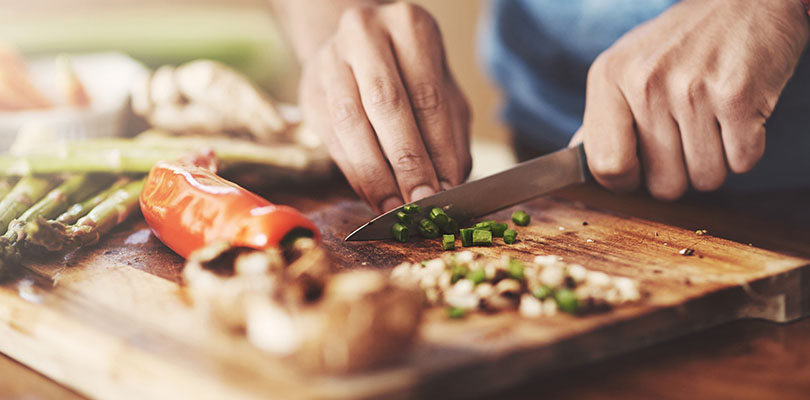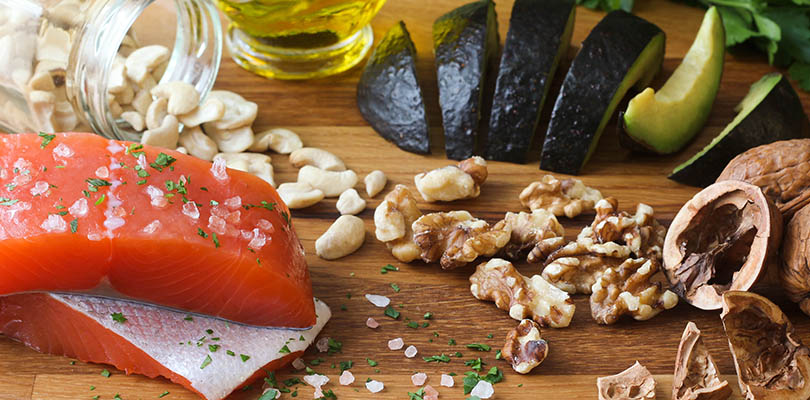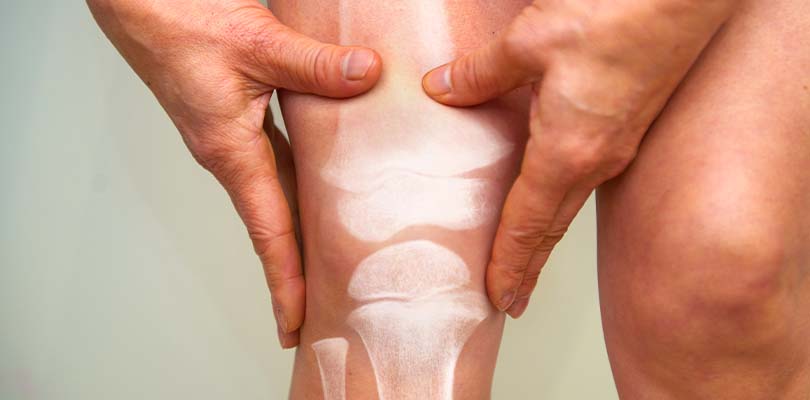What Foods to Eat With Gout
Gout involves sudden, severe attacks of pain – typically in the big toe joint. The joint becomes hot, swollen and extremely tender, and the pain has been described as nearly intolerable. This gout is a form of arthritis and is often intermittent. To prevent flares, doctors advise patients that diet is the key, research shows.
Do You Have Gout?
The condition known as gout should be diagnosed by a doctor to receive optimal treatment. Symptoms include:
- Intense joint pain. Along with intense pain in the big toe joint, gout can also affect any joint. Most commonly, these include the ankles, knees, elbows, wrists, and fingers. The pain is most severe during the first four to 12 hours.
- Discomfort. After the painful flare subsides, joint discomfort can continue for up to several weeks afterward. These later attacks will generally affect more joints.
- Inflammation. Affected joints become red, swollen, warm, and tender.
- Limited motion. Joints become difficult to move normally as gout progresses.
To avoid these painful flares, doctors advise changing your diet to eliminate certain foods that trigger gout.
Why Gout Occurs
It’s important to know that gout occurs when uric acid levels in the blood are too high.
Normally, uric acid dissolves in the blood, then passes through the kidneys into the urine, and is excreted. However, if your body produces too much uric acid - or your kidneys excrete too little uric acid - the uric acid builds up.
At this point, the uric acid forms crystals – very sharp crystals – in joints and surrounding tissues. These crystals cause the inflammation and pain.
Certain people are at increased risk of gout:
Various factors lead to gout, including diet, obesity, and family history of this condition.
- Diet. Heavy consumption of meat, seafood, alcohol (especially beer), and fructose-sweetened beverages increases levels of uric acid.
- Obesity. When the body carries excess weight, it tends to produce more uric acid. The kidneys will have difficulty eliminating uric acid.
- Family history. If your family has suffered from gout, you are at higher risk of developing this condition.
- Medical conditions. Untreated high blood pressure, diabetes, metabolic syndrome, and heart and kidney diseases all increase risk of gout.
- Medications. Low-dose aspirin and hypertension drugs - especially thiazide diuretics - can increase uric acid levels. Drugs used to prevent rejection of organ transplant can also increase gout risk.
- Age and sex. Men are more likely to develop gout earlier, as women naturally have lower uric acid levels until menopause. At that point, both men and women are at risk.
- Surgery or trauma. A gout attack is more common following surgery or trauma.
Research on Gout and Diet
Today, doctors advise addressing all factors involved in gout management. A healthy weight and healthy eating top the list – and will have positive effects on many chronic diseases.
Recent research on gout has clarified the role of diet in managing the disease. A chemical called purine, which is contained in certain foods, is the source of uric acid. When the body breaks down purine, it produces uric acid.
That’s why a diet that decreases uric acid levels will help lower the risk of painful gout attacks and reduce the joint damage. Medication also helps lower uric acid levels and reduce pain.
A “gout diet” emphasizes healthy eating but focuses on avoiding certain problem foods. Doctors don’t advise eliminating all foods with purines but do advise avoiding some. Also, some foods should be included because they help regulate uric acid levels.
If you have hip arthritis, try these eight simple hip arthritis exercises to help keep your joints moving, ease the pain, and improve flexibility.
The “Gout Diet”
In following this advice, you can reduce the risk of gout flares. For most people, following this diet will involve an overhaul in eating patterns. You will have to cut fatty meats and sugary foods. The effort is worth it, as you can dramatically reduce the pain of gout.
You will also cut calories and lose weight, which is central to taming the pain of gout.
Foods to Avoid With Gout
To reduce gout pain, it helps to minimize foods that contain purine.
High-purine foods include:
- Alcoholic beverages (all types).
- Sardines, anchovies, mussels, herring, codfish, scallops, haddock, and trout.
- Turkey, bacon, veal, liver, and venison.
Moderate-purine foods include:
- Chicken, beef, duck, pork, and ham.
- Crab, lobster, oysters, and shrimp.
Foods That Help Gout
- Water. Drinking more water has been shown to reduce gout attacks. Aim for eight to 16 glasses of fluids daily, with at least half of that as water.
- Complex carbs. Eat more vegetables, fruits, and whole grains. Avoid candy, white bread, cakes, sugar-sweetened drinks, and any products containing high-fructose corn syrup. You can include vegetables such as asparagus, spinach, peas, cauliflower or mushrooms. You can also eat beans or lentils, which are also good sources of protein.
- Cherries. Limited research shows that eating cherries reduces the risk of gout attacks.
- Meats and dairy. Cut back on saturated fats from red meats and poultry. Cut high-fat dairy products. Limit daily intake of lean meat, poultry, and fish. Limit yourself to small servings of low-fat or fat-free dairy products, such as low-fat yogurt or skim milk.
- Seafood. Enjoy shrimp and lobster. Avoid sardines, anchovies, herring, mussels, scallops, trout, haddock, mackerel and tuna.
- Coffee. Moderate coffee consumption is believed to reduce the risk of gout, especially caffeinated coffee.
- Vitamin C supplement. Vitamin C may help reduce uric acid levels.
If you have gout, talk to your doctor and a dietitian about your diet. Learn specifically what you can and shouldn’t eat - and quantities of specific foods that are allowed.
Your goal, after all, is to lose weight - and to eat an overall healthy diet - to control your gout symptoms. With the right medical treatment and dietary changes, you can successfully limit your gout-related pain.
Although dietary changes help to lower uric acid, you will likely need medication to decrease the number of attacks and limit their severity.
Getting regular exercise like walking or biking can also improve your health, help you lose weight, and reduce gout flares.
If you adhere to the gout diet, limit your calories and get regular exercise, you can greatly reduce gout pain. You will also improve your overall health by achieving a healthy weight.







